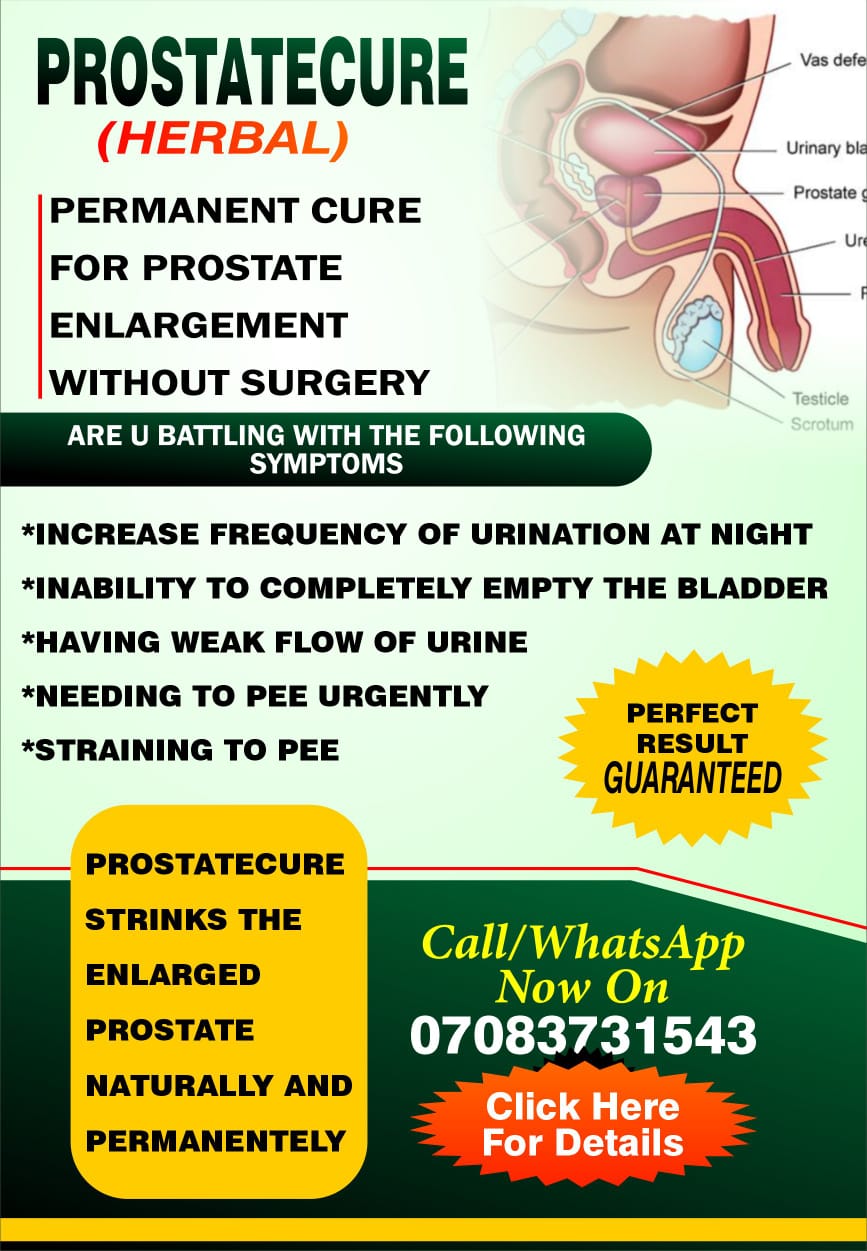
Oyetola: “I am not a candidate who needs any tutorial to lead Osun. As an apprentice, eight years is more than enough training period for anyone.”

When the governorship campaign of the All Progressives Congress (APC) was formally inaugurated in September 2018, then-candidate Gboyega Oyetola pledged to take Osun State to the promised land.
Mr Oyetola told a gathering at the palace of the Ooni of Ife, Adeyeye Ogunwusi, in Ile Ife, that he was not a candidate who needed any tutorial to lead Osun.
“I know where we started. I know where we are. I am not a candidate who needs any tutorial to lead Osun. As an apprentice, eight years is more than enough training period for anyone. I am the most suitable person to continue from where we are,” Mr Oyetola said.

Mr Oyetola eventually won the election in 2018 and is now seeking a second term in the forthcoming election.
This time around, he said keeping to promises he made to the people of the state in the last three and half years of his administration, with limited resources, will give him victory in the July 16 governorship election in the state.
“We would continue to focus on quality service delivery to the people and the will of God would prevail through the popular support of the people,” he said, adding that with the “available meager resources accrued to the state, he had turned the economy of the state around positively for the benefit of those who elected him.”

Nationnewslead is examining data on key socio-economic indicators to see what has changed since Mr. Oyetola assumed office in 2015.
The Oyetola era and Internally-Generated Revenue (IGR)

Before Mr Oyetola took office, the Internally Generated Revenue (IGR) of Osun State was N10.3 billion in 2018. The state generated N4.7 billion in the first half of that year and N5.5 billion in the second half, data released by the statistics bureau, NBS, shows.
By 2020, Osun’s IGR grew to N19.67 billion, placing it among the top 16 states with the highest IGRs in the country. The state raised N9.6 billion in the first six months of the year and N9.8 billion in the last six months.
In 2020, Osun state’s IGR per capita stood at N3,678, an increase from N1,378 recorded in 2018.
Meanwhile, when the state’s IGR is analysed on a per capita basis, it is relatively low compared to its peers. It falls below the national average of N4,616. Osun state has the second-lowest IGR per capita in the South-West region and 19th nationally.
Last year, the governor was quoted by Businessday as saying his administration has aggressively opened up new revenue vistas through effective tax collection while leveraging on the state’s capabilities in agriculture, tourism, and mining. “Through our reform efforts, we are beginning to see results in these areas as significant contributors to our economy,” Mr Oyetola said.
Fiscal Strength
In 2018, Osun was placed 32nd on the fiscal sustainability index, finishing just ahead of Taraba, Plateau, Adamawa, and Kogi states.
By 2021, the state climbed to 19th place on the index. It was ranked 13th out of 36 states of the federation, sitting behind Sokoto; Zamfara; Kwara; Edo; Cross River; Gombe; Kaduna; Kebbi; Lagos; Anambra; Ebonyi, and Rivers.
This shows a significant improvement under the Oyetola administration.
Nonetheless, the data reveals that the state is still highly dependent on statutory handouts from the federation account even though those allocations have been declining since 2018. According to not-for-profit BudgIT, depending on the statutory allocations from Abuja is a risky fiscal strategy, especially considering the volatility of crude oil price on which a sizable chunk of federally distributed revenue depends.
The state’s statutory allocation (Gross FAAC) declined by 3.93 percent, from N51.41bn in 2019 to N49.39bn in 2020.
BudgIT’s fiscal sustainability index examined Nigeria’s 36 states’ fiscal performance using several indicators. The report used four metrics to measure fiscal sustenance: the ability of states to meet their operating expenses and the ability to meet operating expenses and loan repayment without having to borrow.
Other indicators are fiscal power to borrow more given low debt burden vis-à-vis how much is generated in a year; and prioritisation of capital over recurrent expenditures.
Debt Burden
Osun state continues to struggle financially due to its debt burden. At the end of 2018, the state was the sixth most indebted of the 36 states of the federation. Its external debt stood at $101.5 million in 2018, while domestic debt was at N148.1bn.
By December 2021, the foreign debt had declined to $99.9 million and the domestic debt also saw a downturn to N134 billion, according to Nigeria’s Debt Management Office.
In its report, BudgIT noted that debt servicing and repayment obligations would continue to drown out a sizable component of the state’s future revenue. For example, loan repayments gulped N21.06bn in 2020, the third-largest loan repayment made by any state in Nigeria.
This high debt burden is one huge contributor to the financial difficulties the state is facing, BudgIT said in its 2021 State of states report.
Unemployment rate
Before Mr. Oyetola took office in 2018, the unemployment rate in Osun was 10.1 percent. When the governor was inaugurated, he promised to create at least 30,000 jobs.
“We, in partnership with private sectors, will establish large manufacturing industries in the major sectors of the economy to create at least 30,000 jobs”, Mr. Oyetola said.
Available data shows Mr Oyetola has not fulfilled the promise as the latest labour statistics (2020) by the NBS show an increase in the state’s unemployment rate.
The data shows Osun has 11.7 percent unemployment rate even though that is the lowest in the country.
Poverty rate
When Mr Oyetola assumed office in 2018, Osun state had a poverty headcount ratio of 8.52 percent. That was the third lowest poverty headcount, according to the NBS ‘2019 Poverty and Inequality in Nigeria report, which was based on data from the Nigerian Living Standards Survey.
Since then, the NBS has not released data on poverty but it is possible that the poverty rate has increased in recent times because the national poverty rate has also climbed up and labour statistics also fell according to the NBS’ latest data.
In 2019, the national poverty headcount was 70 percent; by 2020 it had increased to 72.32 percent, according to the United Nations (UN) Sustainable Development Goals (SDGs). Last year, the World Bank said the number of persons living in poverty in Nigeria would increase to 79 per cent.
With the increasing national poverty rate, Osun state may likely experience a corresponding increase in its poverty rate, Dataphyte said in a report last year.
Ease of Doing Business Ranking
In 2018, Osun State was ranked 35th on subnational data on the ease of doing business. The state was just two places ahead of Adamawa and Ondo states. It scored 72 out of 100.
The ranking was published in a report Comparing Business Regulation for Domestic Firms in 36 States and FCT Abuja with 189 other economies. It focuses on whether an economy has in place the rules and processes that can lead to good outcomes for entrepreneurs and, in turn, increased economic activity.
By 2021, the data on the ease of doing business ranked Osun state 15th out of the 36 states and FCT. The state scored 5.57 out of a total index score of 10. This is another major improvement during the Oyetola era.
Under-5 Mortality Rate & Access to Health
Before Mr. Oyetola took office, 92 percent of pregnant women in Osun state had access to four or more antenatal care visits, according to the NBS. The state had the best percentage of the nation’s 36 states and the FCT.
Last year, the NBS data shows the figure has improved to 95.6 percent, maintaining the lead in access to antenatal care visits.
On the other hand, the under-five mortality rate was 58 per 1,000 live births before the Oyetola administration but the latest data estimated the under-five mortality rate in the state at 70 deaths per 1,000 live births.
This means the Oyetola administration has seen more under-five children dying in the state, far more than the era before him.
Up from 14 percent, the number of women currently married or in unions who are using or whose partner is using contraceptive methods is 29.4 percent in Osun state.
In a 2020 report by the USAID and Health Policy Plus (HP+), the mortality rate in Osun is higher than the average of 62 deaths per 1,000 live births in Lower-Middle-Income Countries in Sub-Saharan Africa.
But in 2020, the Executive Secretary of the Osun Health Insurance Agency, Niyi Oginn, disclosed that only 3.7 percent of the Osun state population is covered in the state’s Health Insurance Scheme (HIS). He, however, said the state government has a plan to increase this to 60 percent in 10 years (2029). Continue Reading










